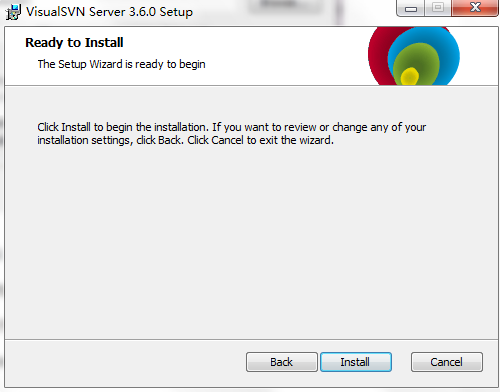
Transfer your versioned data to the new server is to simply copy your Move all repositories to the DeptC (or a network share used as a storage for them) after stopping VisualSVN Server service on DeptA and DeptB.
#Visualsvn server standard edition download
You can download older VisualSVN Server version at the version history page.
#Visualsvn server standard edition install
On DeptC server, install the same VisualSVN Server version as you have on DeptA and DeptB (you can upgrade it later if you wish). Make sure that there are no repositories with identical names on DeptA and DeptB servers. Make sure that %VISUALSVN_SERVER%conf\nf file is empty on DeptA and DeptB servers. both of them have to use either Subversion auth or Windows auth. Make sure that DeptA and DeptB servers use the same authentication type. If one of them is at lower major version than the other one, then you should upgrade it to the higher version.

both of them have to be at 2.5, 2.7, 3.0. Make sure that DeptA and DeptB VisualSVN Servers are at the same major version. So you can install VisualSVN Server for DeptC and move all repositories to this new server.

DeptA and DeptB have their own Subversion servers and some repositories on each server.

Let's assume there is a Department A and Department B and they are getting together as Department C. Keep in mind that Subversion server ≠ Subversion repository! You can simply move all repositories to a single server. You've also mentioned that "they want the old repo data in newly created repository as a directory" but I think that part came up because of some misunderstanding. As far as I understood your requirement, you have to move all repositories to a single VisualSVN Server instance.


 0 kommentar(er)
0 kommentar(er)
